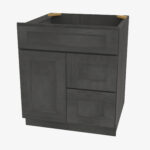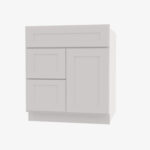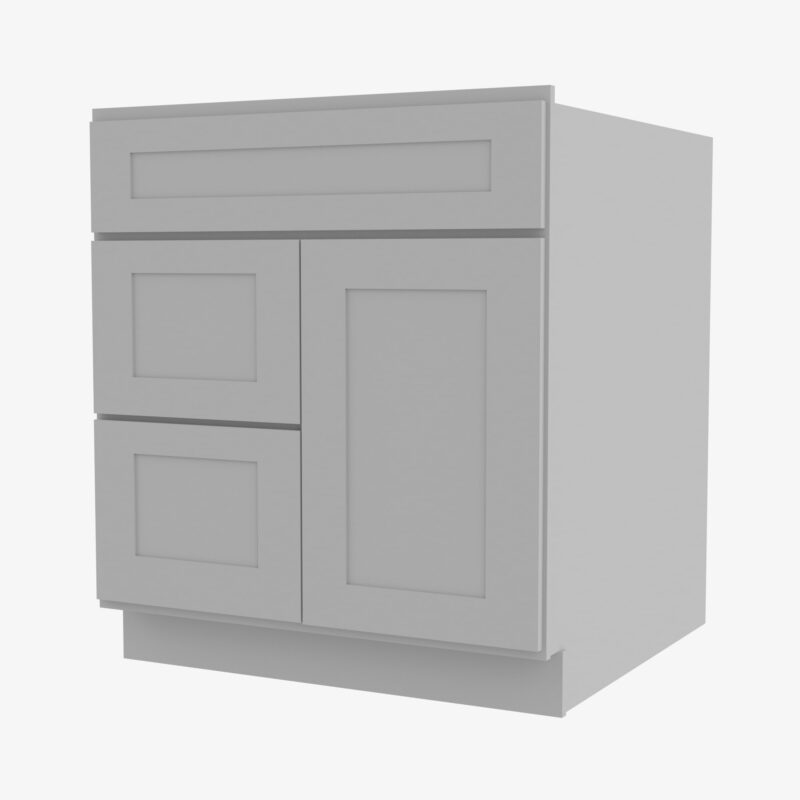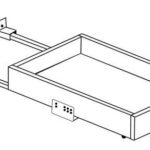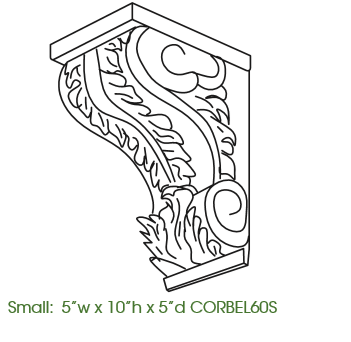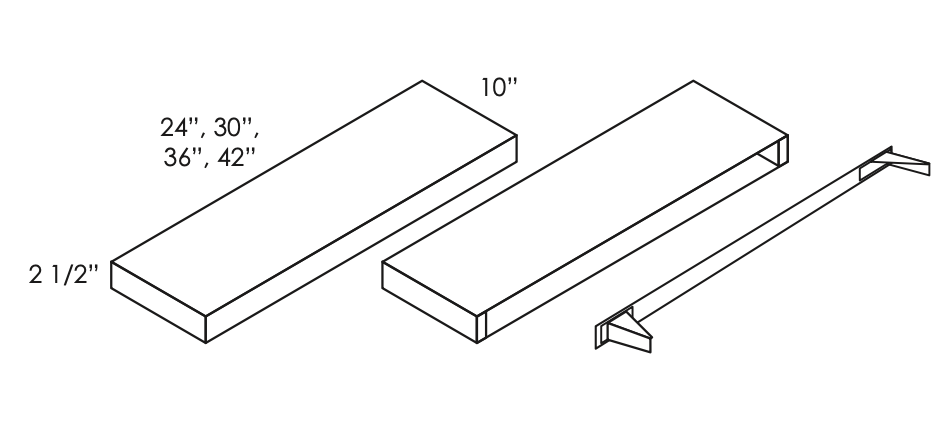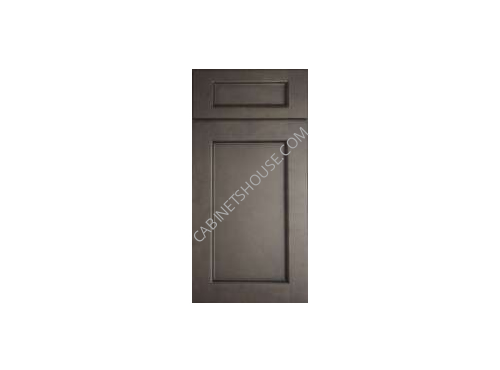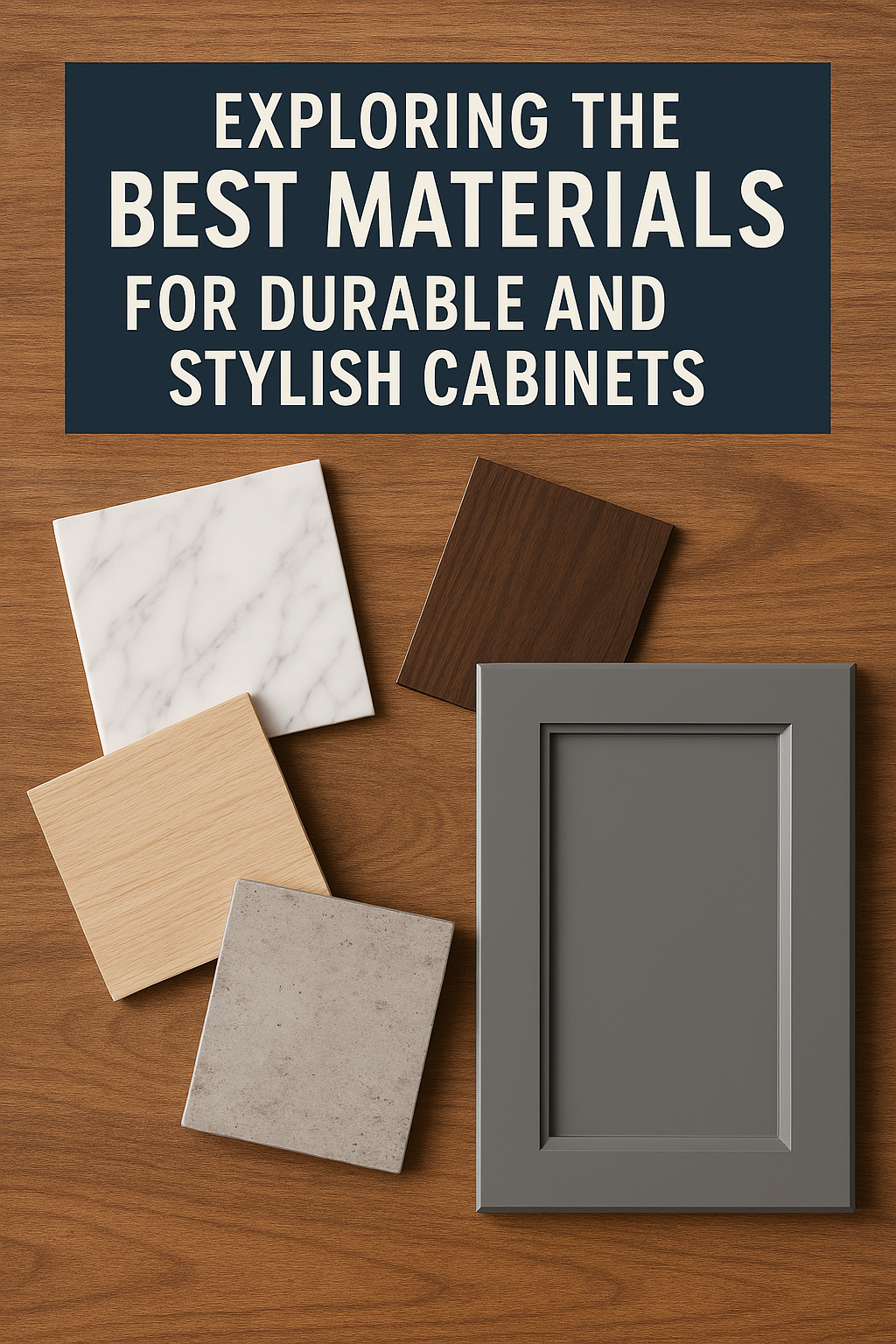Cabinet materials selected can make a huge difference in the overall appearance and longevity of the cabinets. Here are some common materials used for cabinets:
- Wood – Classic and versatile, wood is a top choice for its natural beauty. Options like oak, maple, and walnut provide unique grain patterns and can be stained or painted to match any décor. Wood cabinets are durable but require regular maintenance to prevent damage from moisture.
- Laminate – A cost-effective and low-maintenance option, laminate cabinets are made from layers of paper or fabric bonded to a particleboard core. Available in a variety of colors and textures, laminate offers the look of wood, stone, or other materials without the high cost.
- MDF (Medium-Density Fiberboard) – MDF is a dense, engineered wood product known for its smooth surface, making it ideal for painted finishes. It’s more affordable than solid wood, but it can be susceptible to moisture damage if not properly sealed.
- Plywood – Strong and resilient, plywood is made from thin layers of wood veneer glued together. It’s less prone to warping than solid wood and can handle moisture better. Plywood is often used for cabinet boxes and interior structures.
- Metal – For a modern, industrial look, metal cabinets (often stainless steel) are a great choice. They’re durable, easy to clean, and resistant to moisture and heat. However, they can be prone to scratching and may show fingerprints easily.
- Glass – For a sleek, contemporary look, glass-fronted cabinets can be a stylish addition to any kitchen or bathroom. They allow visibility of cabinet contents and can be framed with wood, metal, or other materials. However, glass needs to be cleaned regularly to keep its shine.
Each material offers distinct advantages depending on the desired look, function, and budget, so it’s essential to consider your specific needs before making a decision.
1. Analyzing Wood Types: The Foundation of Quality Cabinetry
When considering cabinetry, the choice of wood types significantly impacts both durability and aesthetics. Different woods present unique characteristics and grain patterns, which in turn influence the overall design. Conversely, some woods are more susceptible to warping or damage, potentially compromising the structure. To ensure you’re making the best choice, here are several key aspects to examine:
- Hardwoods: Known for their strength and longevity, hardwoods such as oak and maple stand up well to wear and tear.
- Softwoods: While generally lighter and easier to work with, softwoods like pine might require more care and maintenance over time.
- Exotic Woods: Often visually striking, these woods can add a unique touch to cabinetry, but they may come with higher costs and sourcing challenges.
Ultimately, analyzing wood types can lead to informed decisions that reflect both functionality and style in your cabinetry projects.
2. The Role of Hardware: Choosing the Right Fixtures for Longevity and Aesthetics
When considering cabinets materials, the choice of hardware plays a crucial role in both functionality and design appeal. Quality fixtures can enhance the lifespan of your installations, ensuring they withstand daily use. Opting for durable materials, such as stainless steel or solid brass, offers not just resilience but also an elegant touch that complements various aesthetics. Moreover, the right hardware can make your cabinets materials stand out, creating a harmonious blend of performance and beauty that resonates with your style preferences.
3. Finishes That Protect: Evaluating Paints and Varnishes for Cabinets
When selecting finishes for your cabinets, understanding the differences between paints and varnishes can be crucial. Paints offer a vibrant range of colors but may lack durability, while varnishes provide a protective sheen and enhance the natural grain of cabinet materials. It’s essential to weigh the pros and cons—paint may chip easily, but varnish can sometimes yellow over time. Ultimately, your choice depends on the desired aesthetic and the cabinet materials used. For lasting beauty, consider factors like application method and finish type, ensuring you achieve both style and protection in your cabinet materials.
4. Sustainable Options: Eco-Friendly Cabinets Materials for Modern Cabinet Designs
In our quest for beautiful interior spaces, the choice of cabinet materials plays a pivotal role. Eco-friendly alternatives, such as bamboo and reclaimed wood, offer stunning aesthetics while preserving our planet. Moreover, cabinets materials like recycled metal complement contemporary styles and provide durability. As consumers become more conscious of their choices, the push towards sustainable cabinets materials increases. Not only do these options reduce environmental impact, but they also satisfy the desire for unique design. Ultimately, a responsible approach to cabinet materials can lead to both stylish and sustainable living.
- Bamboo: Known for its rapid growth, bamboo is a sustainable option that is both strong and stylish.
- Reclaimed Wood: Using salvaged wood reduces waste and adds character to your cabinets.
- Recycled Metal: Durable and modern, recycled metal offers a unique finish for contemporary designs.
5. Balancing Functionality and Style: Innovative Designs in Cabinet Construction
In today’s design landscape, the fusion of functionality and style in cabinet construction is paramount. Innovative designs not only prioritize practical usage but also enhance aesthetic appeal. This delicate balance often leads to surprising cabinet materials and unexpected shapes that redefine traditional expectations. For instance, utilizing cabinet materials like reclaimed wood can inject character into a home, while modern finishes offer versatility. Ultimately, the challenge lies in creating cabinetry that resonates with your unique style, yet serves its purpose flawlessly.
Conclusion
In conclusion, selecting the right materials for cabinets can completely transform your space. Durable and stylish cabinets not only enhance the aesthetics of your home but also ensure longevity. While options like solid wood offer timeless charm, modern cabinet materials such as plywood and MDF provide excellent durability and versatility. It’s essential to consider your lifestyle and personal preferences when choosing, as the right cabinets can reflect your unique taste and meet your everyday needs. Ultimately, a thoughtful selection from various cabinets materials can lead to a stunning and resilient heart for your home.
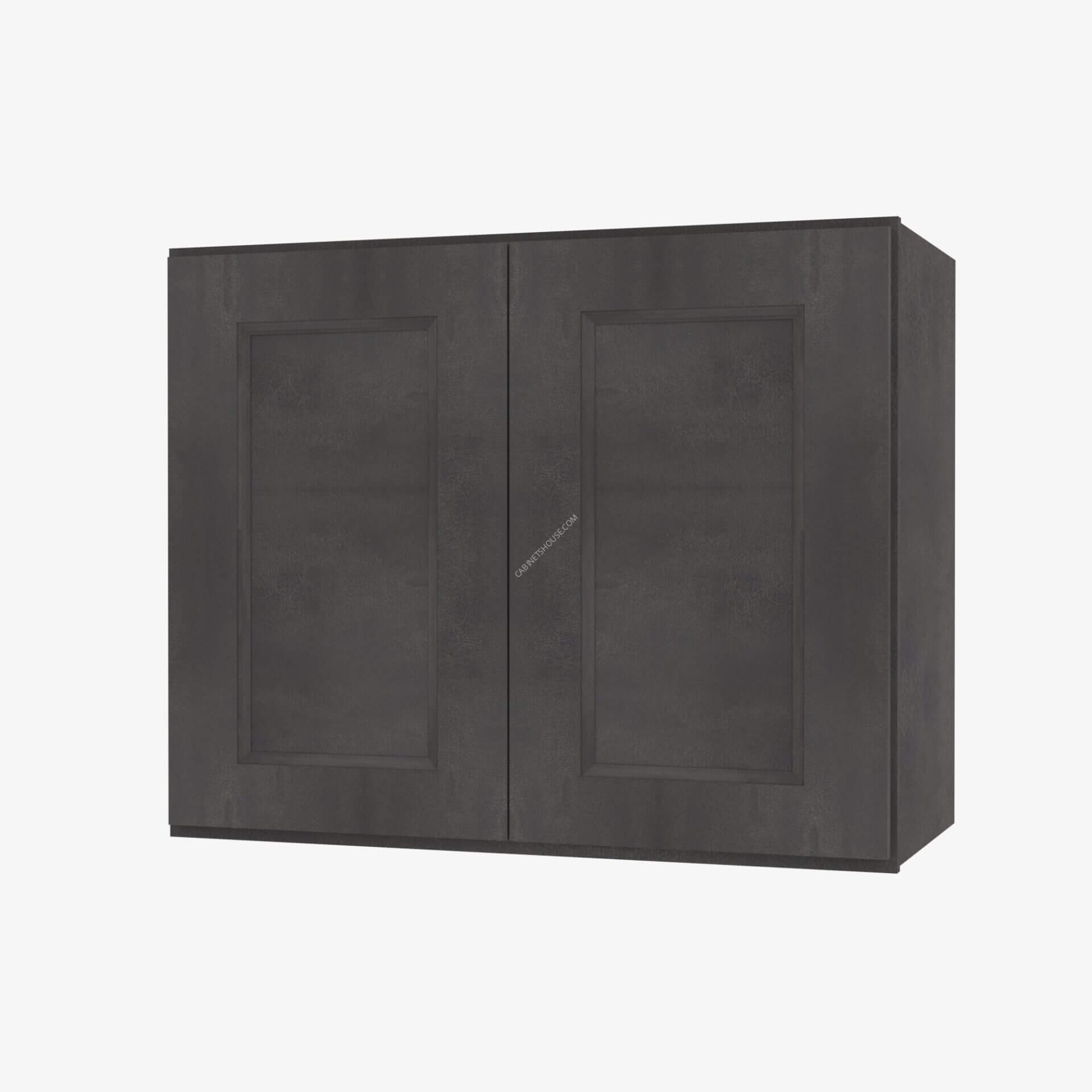 Wall Glass Door with No Mullion and with Clear Glass TS-W3630BGD Forevermark Townsquare Grey
Wall Glass Door with No Mullion and with Clear Glass TS-W3630BGD Forevermark Townsquare Grey
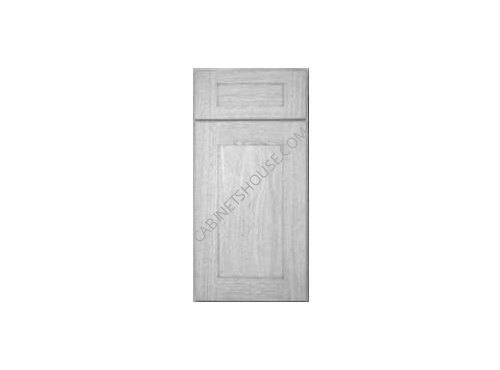 Wall Glass Door with No Mullion and with Clear Glass AN-W1536GD Forevermark Nova Light Grey Shaker
Wall Glass Door with No Mullion and with Clear Glass AN-W1536GD Forevermark Nova Light Grey Shaker
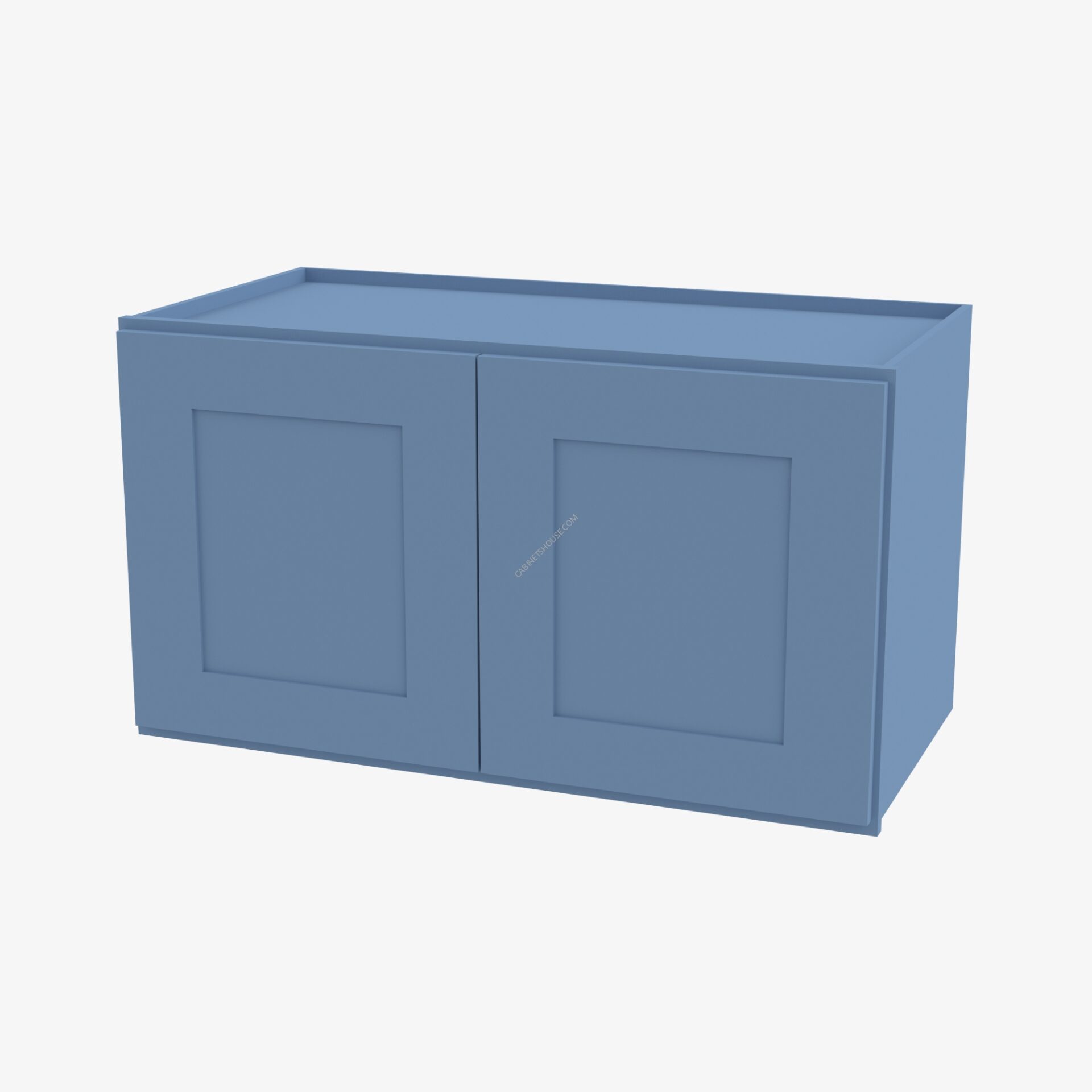 Double Door Wall Cabinet AX-W3318B Forevermark Xterra Blue Shaker
Double Door Wall Cabinet AX-W3318B Forevermark Xterra Blue Shaker
